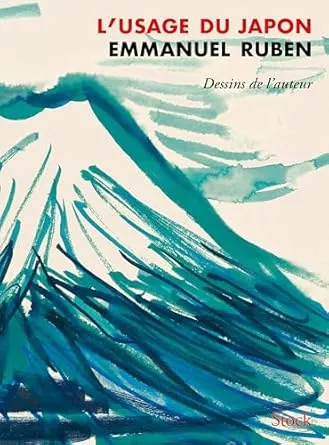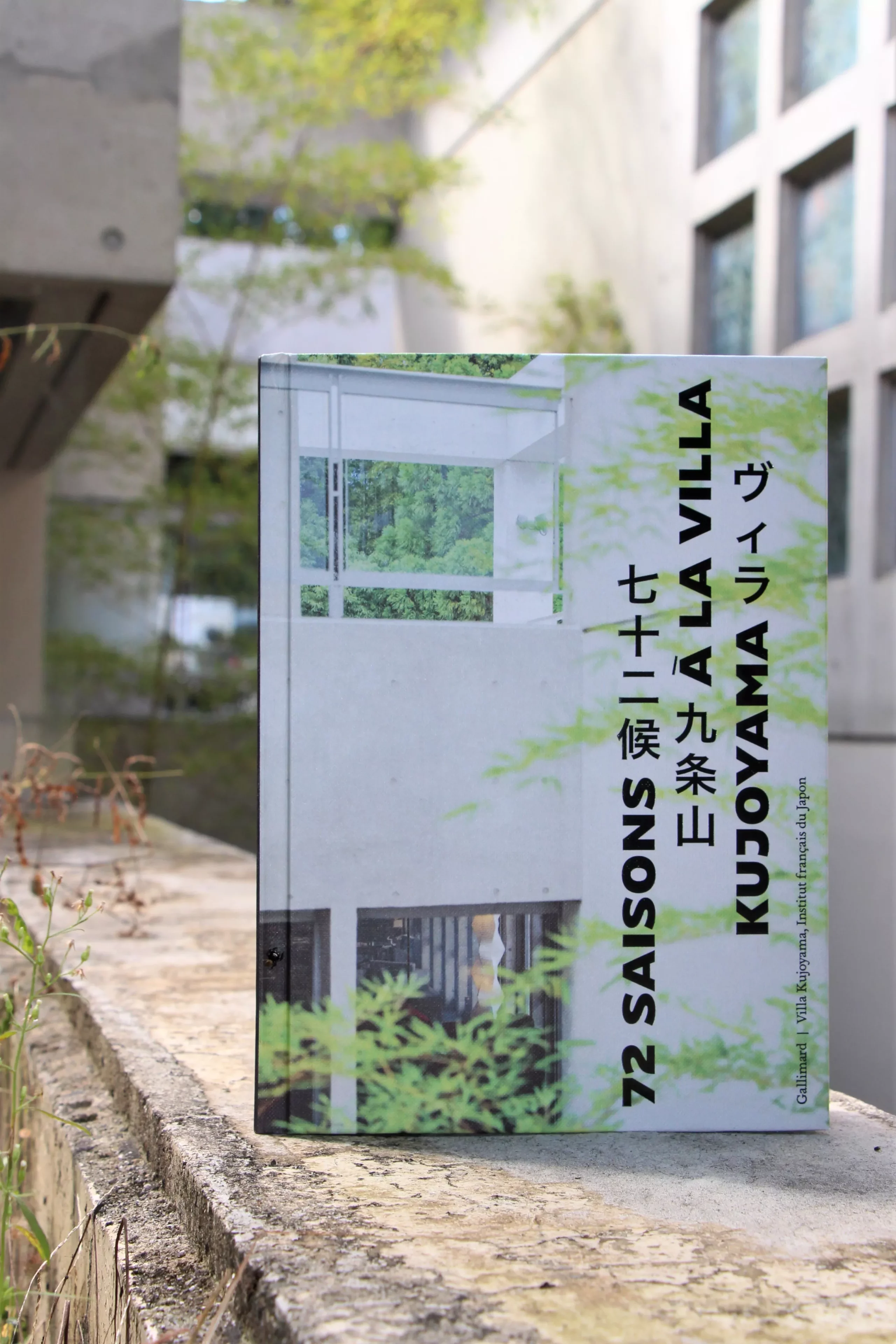Post-residency
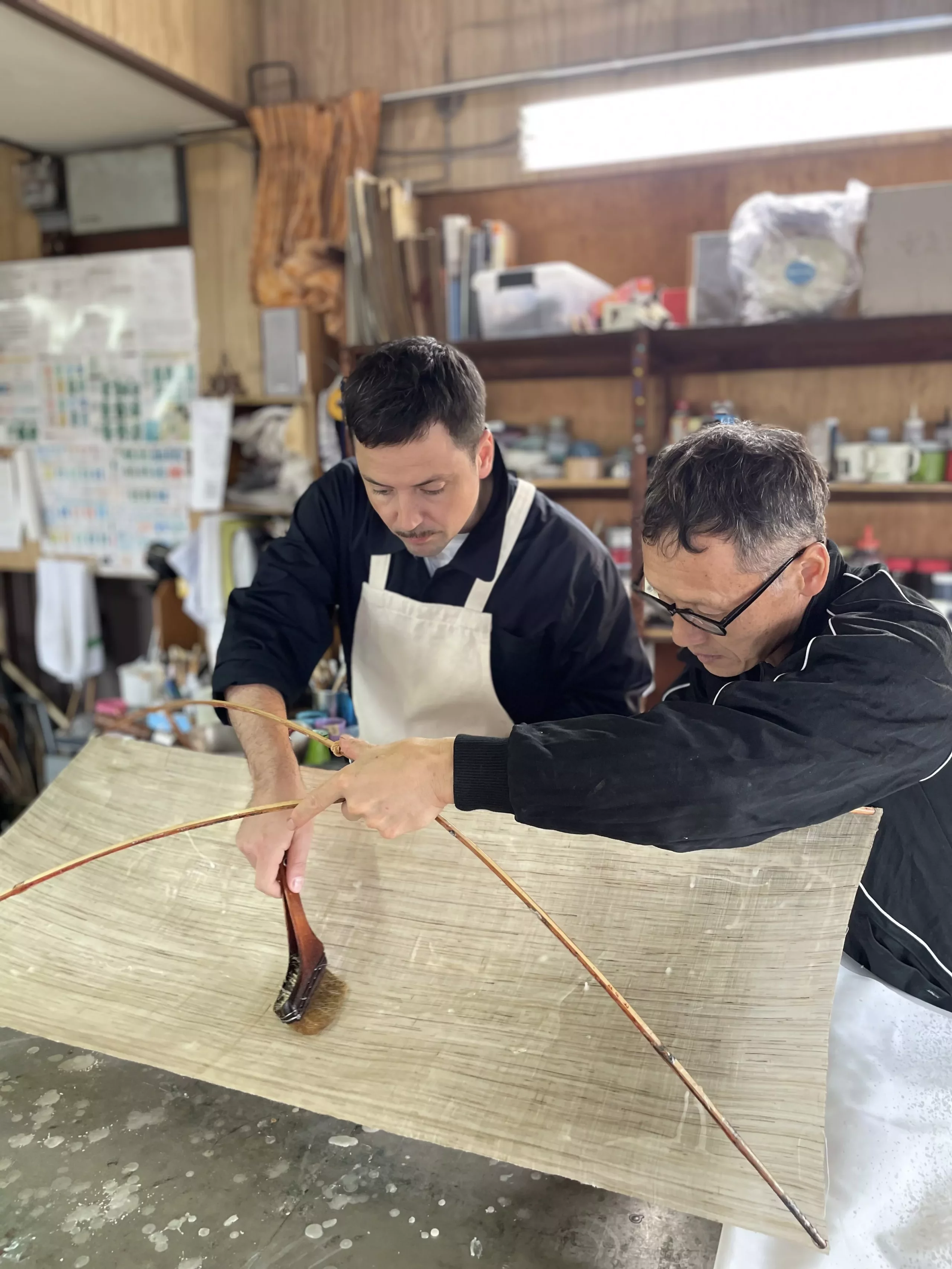
Villa Kujoyama accompanies residents for up to five years after the end of their residency.
Presentation
Why a post-residency ?
A research residency at Villa Kujoyama lasts between four and six months but research extends over a much longer duration. With this in mind, Villa Kujoyama accompanies residents for up to five years after their stay. Working with its network of partners, it supports them in continuing the research they began at the Villa and assists them in presenting their work in Japan, France and globally.
A post-residency is based on proposals submitted by residents and supported based on the relevance of the proposed developments in relation to the initial project.
In Japan
A post-residency can take several forms, including a return visit to Japan.
Residents can continue to work on their project, go further in their research, pursue collaborations begun during their residency or meet contacts made during the initial four to six months. For some, this post-residency can constitute the next stage in the research process, either by producing works or presenting them to different audiences.
Residents can return to Villa Kujoyama, which will provide them with a studio as available, or become a resident at a partner-site in Japan. The intention is that they should prolong their stay in Japan while exploring a different artistic context (residency at Kanazawa Machiya in partnership with Mitani Sangyo Co. Ltd and Kanazawa College of Art).
Villa Kujoyama can also provide post-residents with financial support or with practical support, such as organising visits or introducing them to artists and artisans.
In France
On returning to France, each resident benefits from an individual post-residency meeting to discuss progress made in their research in Japan and how they envisage the next stages. After this meeting, residents are offered different opportunities, such as a residency with a partner-site where they can continue their research and creation project.
Residents may be invited to present their residency project at various locations and in different forms, for example an exhibition, a talk, a performance or a screening. They might also benefit from co-funding of production of a work with a view to public exhibition. These grants are awarded on a case-by-case basis.
Villa Kujoyama is also part of the ¡Viva Villa! network, alongside Académie de France – Villa Médicis in Rome, Académie de France – Casa de Velázquez in Madrid and Villa Albertine in the United States. Launched in 2016, ¡Viva Villa! takes the form of an annual one-day programme of encounters and events at Gaîté Lyrique in Paris, in October, and a €200,000 production fund, open to French cultural structures that programme work by residents from the four Villas.
Eight of the 13 projects selected for 2024-2025 are by Villa Kujoyama residents.
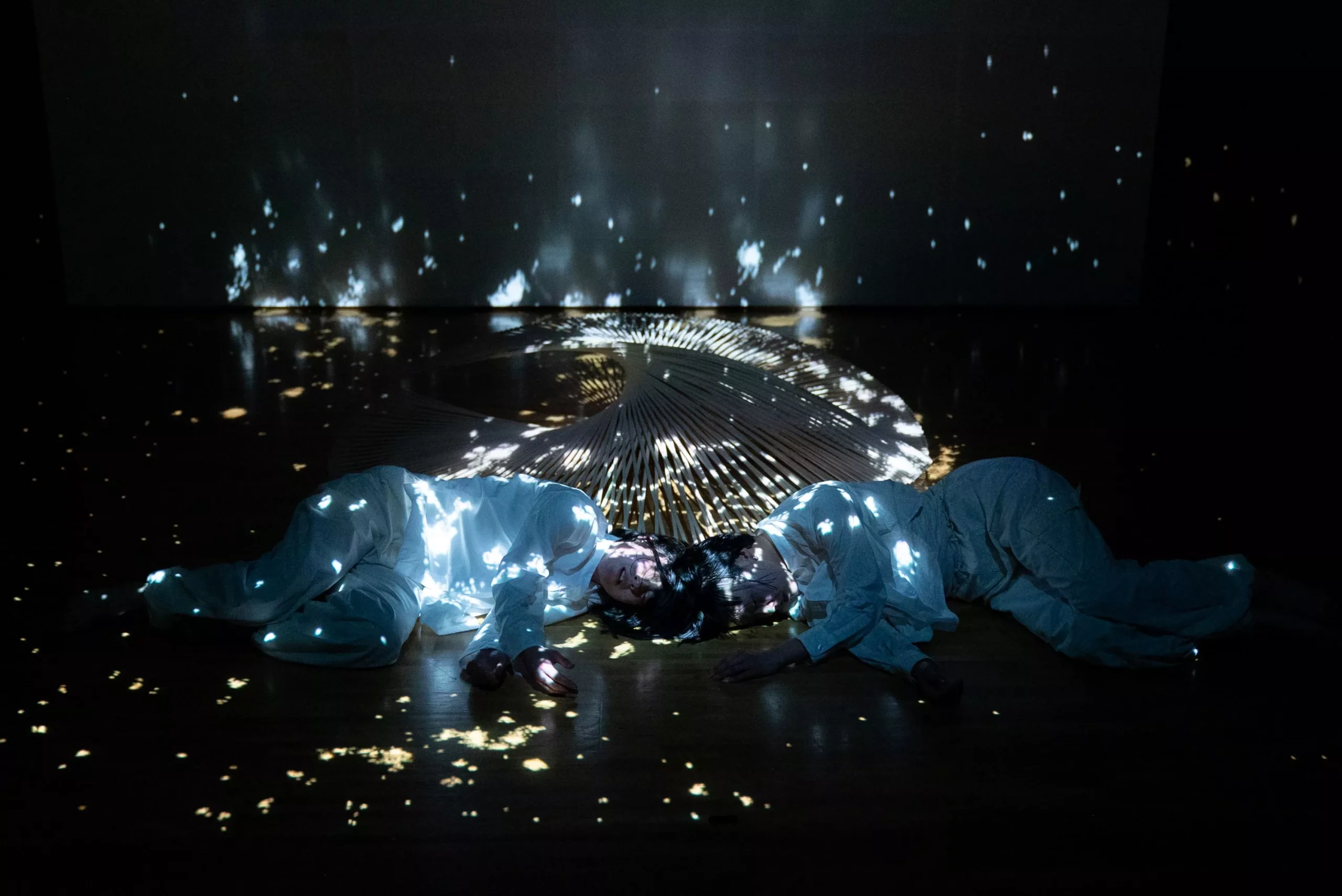
Performance Nina Fradet 14 avril 2025 © Tomoko Hayashi
Projects
The Paper Organ
François-Xavier Richard (2017, crafts)
During his residency in 2017, François-Xavier Richard conducted research on washi paper and developed the Paper Organ, an instrument whose design combines his reflections on sound and architecture. He returned in 2024 for a post-residency at Villa Kujoyama to present a performance created in collaboration with Muriel Marschal, during which the Paper Organ was activated to recount episodes from the Kojiki, Japanese mythology.
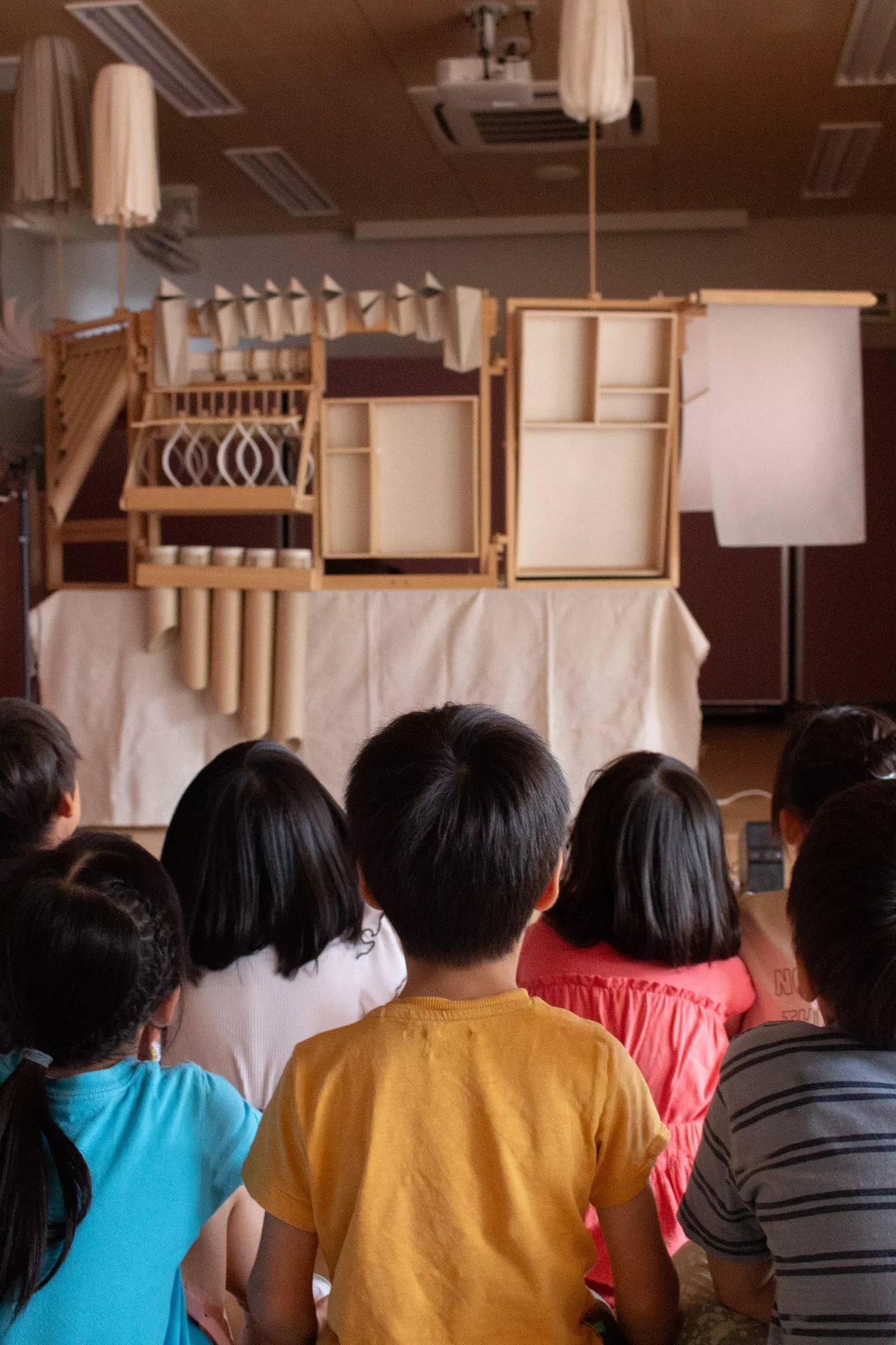
Hakuaishi
Paul Chamard & Laurel Parker (2019, métiers d'art)
Continuing their research on washi paper, Laurel Parker & Paul Chamard (2019, crafts) trace the cycle of a particular square of mitsumata paper—Hakuaishi—highlighting its use in the artisanal chain. Intrigued by a simple act of reuse by generations of artisans, the duo investigated this plant-based material that can be reused, transformed, and recycled.
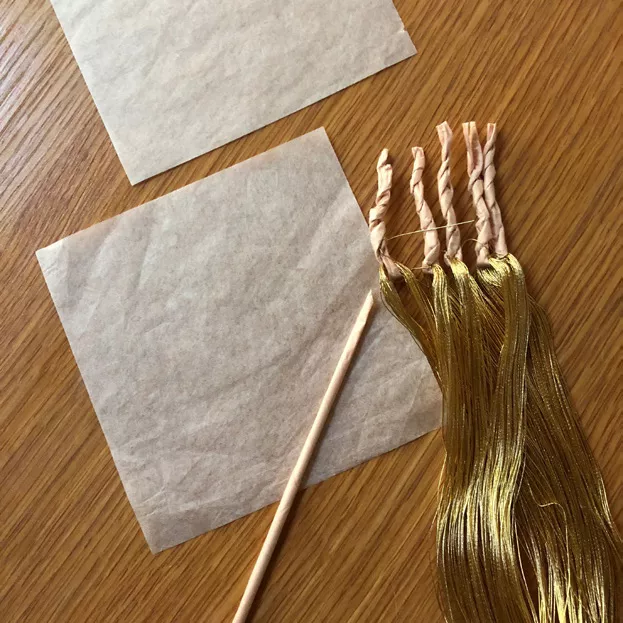
ECHIRO
Tony Jouanneau (2023, crafts)
Tony Jouanneau completed a residency in fine crafts at Villa Kujoyama in 2023. During his stay, he worked on the ECHIRO* project, researching the spines of invasive sea urchins - an animal waste product - by combining ancestral Japanese textile coloring practices with research in molecular biochemistry. As part of his post-residency, the winner returned to Villa Kujoyama in November 2024 to transpose his research into the production of remarkable sea urchin-dyed fabrics, in collaboration with four Japanese artisan workshops: Kunosen Factory (Shibori), Taketoshi Akasaka (Katazome), Takeshi Nakajima (Hikizome) and Shobien (Roketsu).
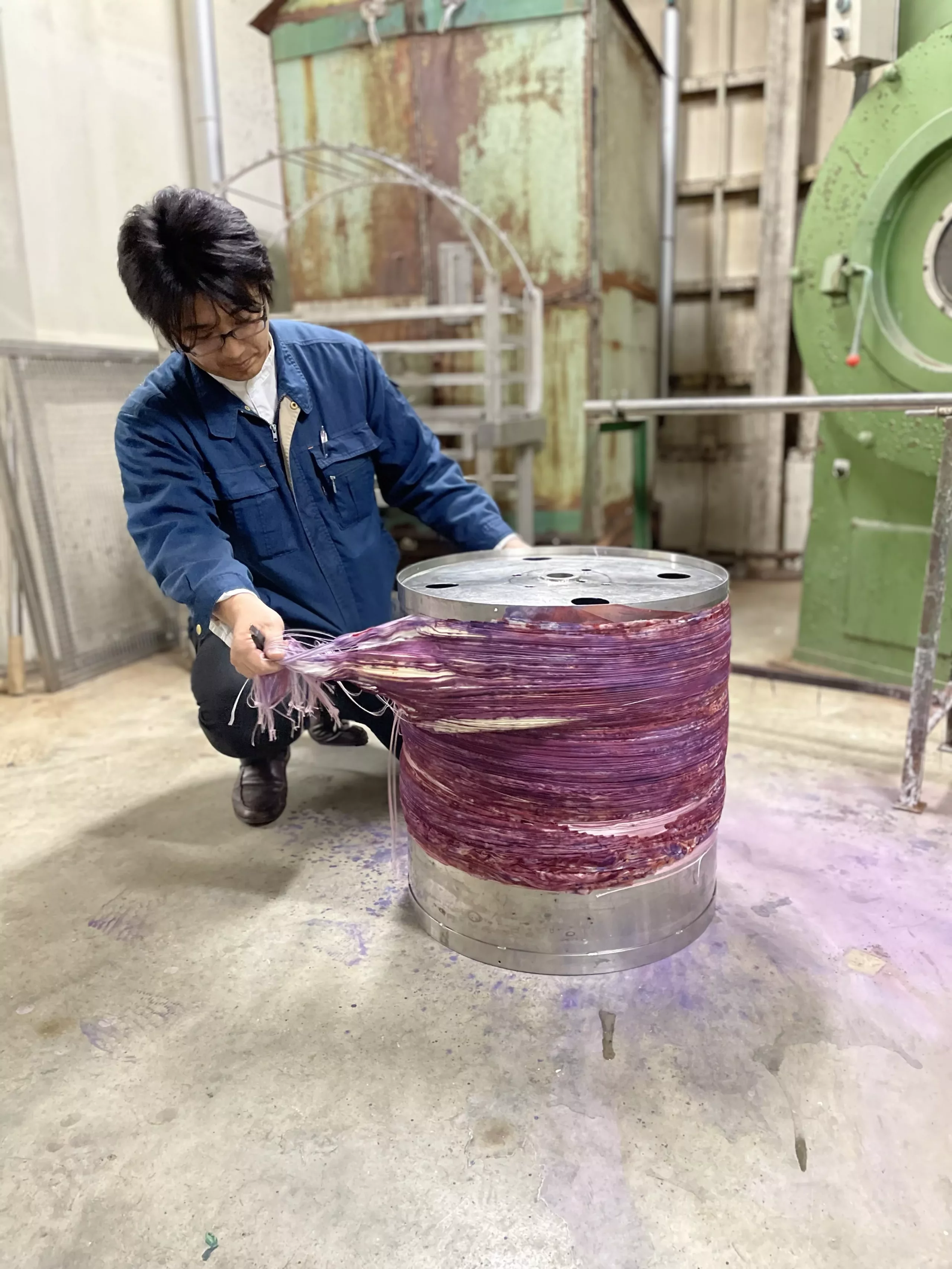
Creations
Revue DIAPO: issues n°3 & 4
Maxime Matias (2024, design)
Revue DIAPO is an editorial project that explores the notion of temporality in photography. The magazine embraces its anachronistic nature, aiming to revive the slide format through the eyes of young photographers, with a focus on archives, unpublished or republished images, and forgotten photographs. Each issue features a photographic body of work accompanied by a written text that resonates with it—texts conceived as independent elements that can influence the reading of the images without imposing a single interpretation. Issues 3 and 4 are dedicated to the work of two Japanese photographers: Kanade Hamamoto and Yusuke Yamatani.
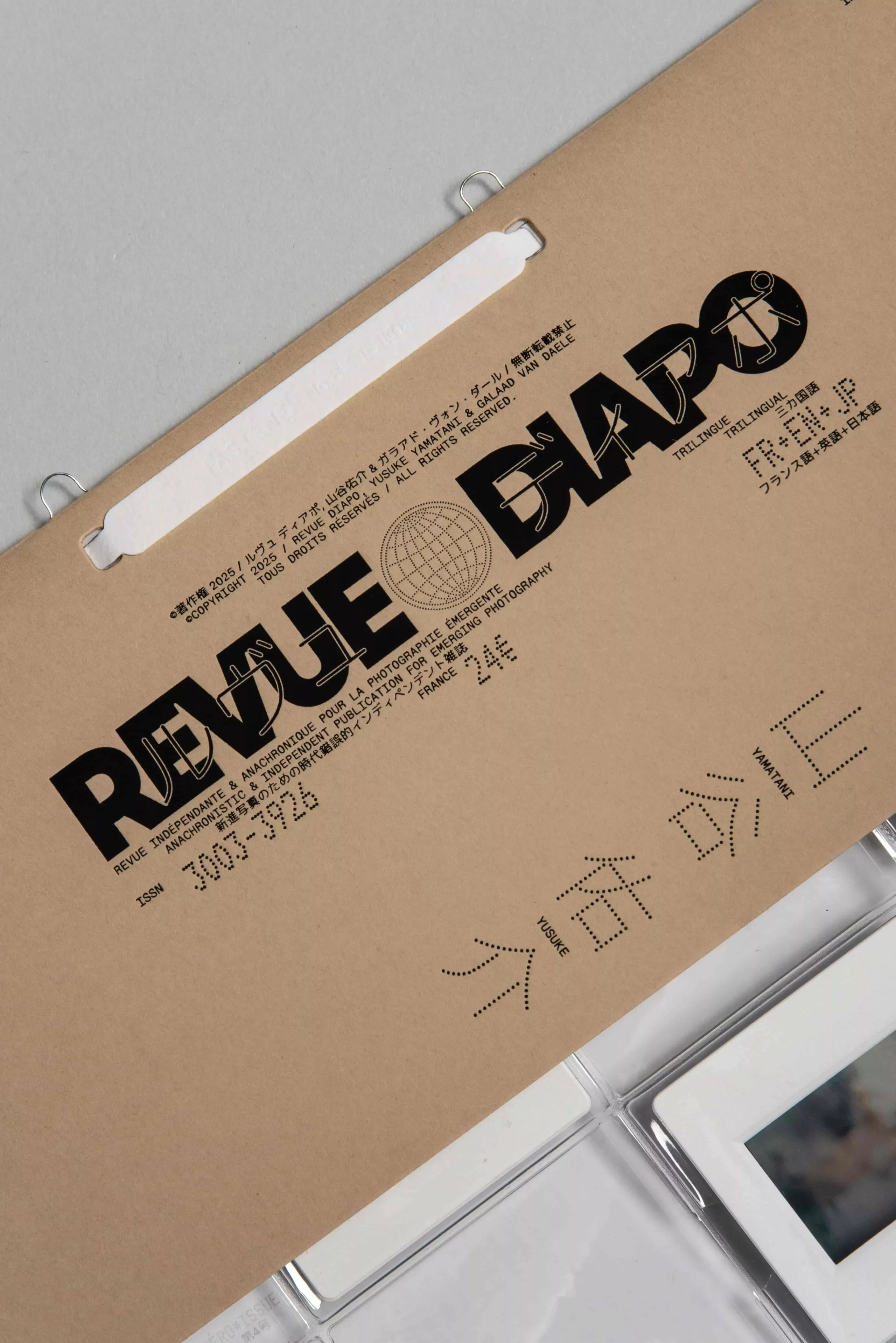
L'usage du Japon
Emmanuel Ruben (2024, literature)
"In November 2023, Emmanuel Ruben takes off on his bicycle for Japan. He spends four months there and returns with this logbook enamelled with drawings and watercolors in homage to Nicolas Bouvier, the author of "L'Usage du monde". From the icy north to the verdant south, via the slopes of Mount Fuji, the author criss-crosses this territory stretching over fifteen degrees of latitude, and shares with us his ecstasies and disappointments, his Zen meditations and his astonishing adventures in a world at the antipodes [...]".
